As we reflect on the monsoon of 2024, it’s clear that climate change is playing a significant role in shaping rainfall patterns and temperatures across India. Key findings from this year’s monsoon data illustrate a landscape marked by extremes, highlighting the urgency of addressing climate impacts.
Of the 729 districts surveyed, 340 recorded normal rainfall, while 158 experienced excess rainfall, and 48 faced large excess rainfall. In contrast, 167 districts reported a deficit, with 11 experiencing significant shortages. Notably, the 2024 monsoon saw the highest number of heavy rainfall events in the last five years. June, July, and August each recorded unprecedented levels of very heavy rainfall, with August achieving the highest since 2020. September followed suit with a record 525 stations registering very heavy rainfall.
The India Meteorological Department (IMD) forecasts a remarkable conclusion to the Southwest Monsoon 2024, with above-normal rainfall reaching 108% of the long-term average. From June 1 to September 30, India recorded a total of 934.8 mm of rain, surpassing the seasonal norm of 868.6 mm. The monsoon began under the shadow of El Niño, which typically brings below-normal rainfall, resulting in an initial 11% deficit. However, as the El Niño Southern Oscillation returned to neutral, monsoon activity accelerated, leading to above-normal rainfall from July through September.

Extreme Weather Events: A Growing Concern
The 2024 monsoon season was characterized by extreme weather events, with the highest number of heavy rainfall occurrences recorded in the last five years.
 This surge in extreme rainfall events has been attributed to climate change, as scientists observe increasing variability in monsoon patterns. The once-predictable summer monsoon is now becoming more erratic, leading to prolonged dry spells and intense rainfall events.
This surge in extreme rainfall events has been attributed to climate change, as scientists observe increasing variability in monsoon patterns. The once-predictable summer monsoon is now becoming more erratic, leading to prolonged dry spells and intense rainfall events.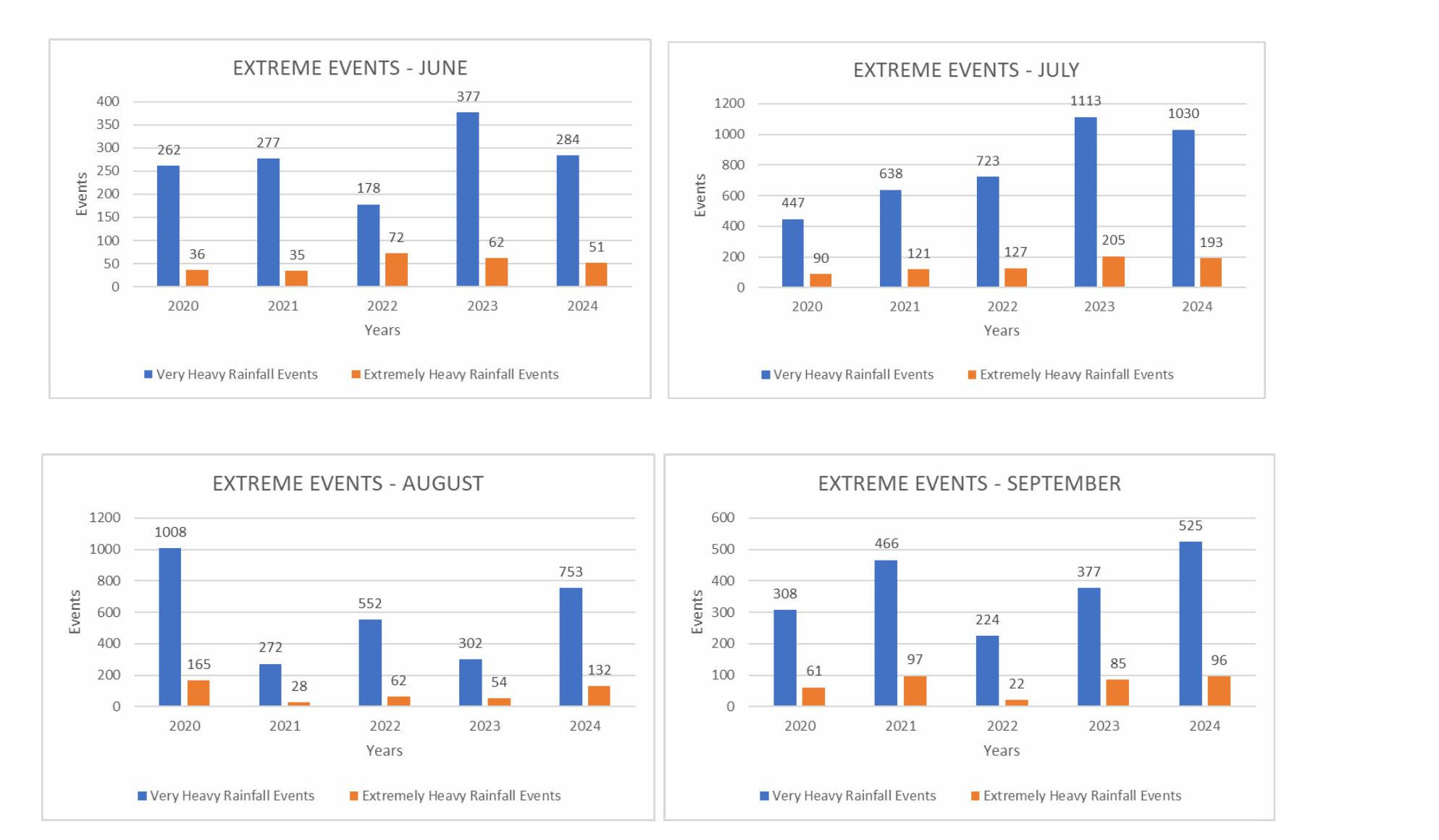
A recent study reveals that around 70% of districts now face persistent and erratic rainfall, with those experiencing heat waves during the June to September months also witnessing an uptick in extreme rainfall events.
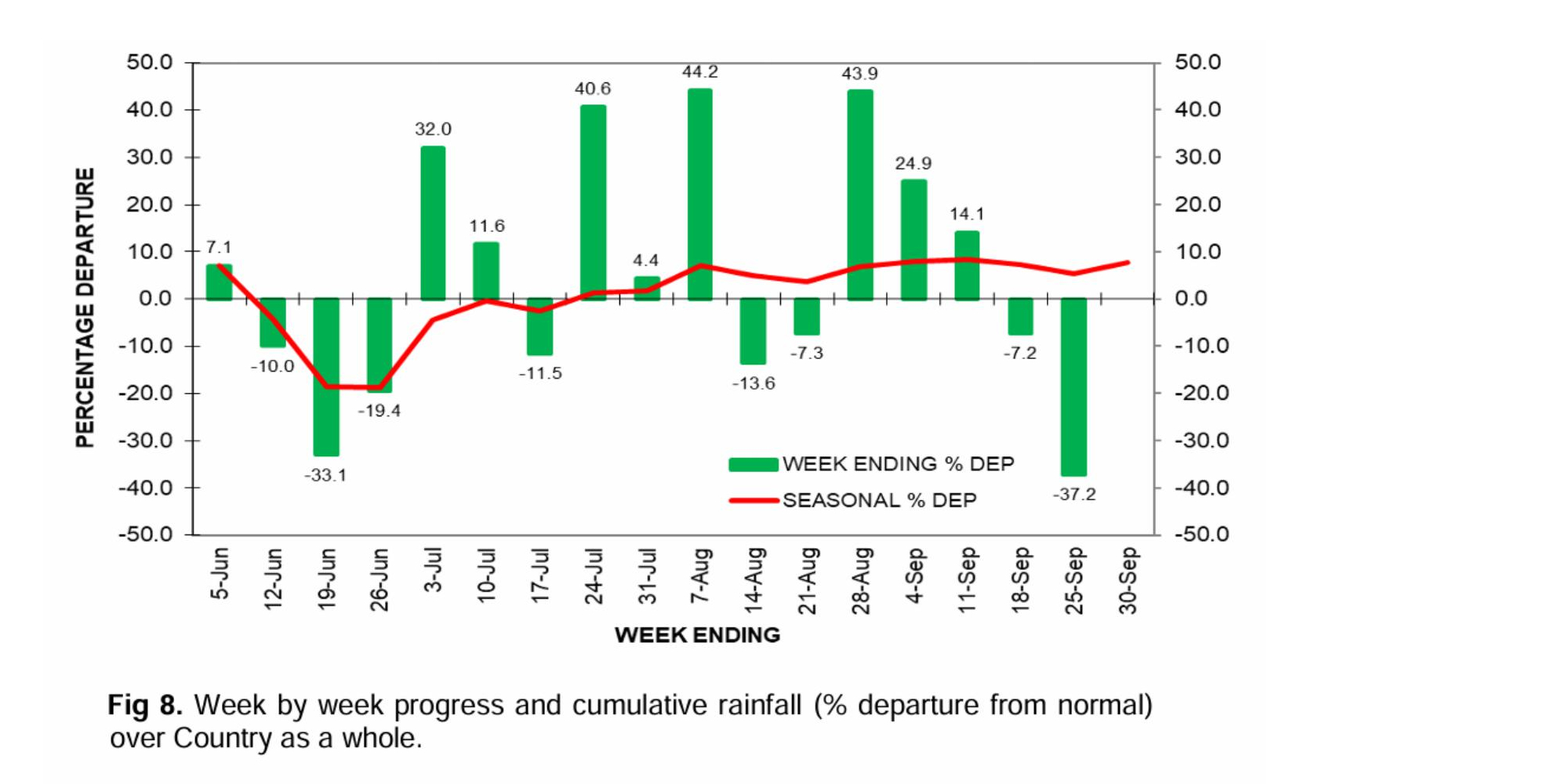
Abhinash Mohanty, Head of Climate Change and Sustainability Practice at IPE Global, warns that by 2036, a staggering 8 out of 10 Indians will be impacted by extreme climate events, a trend that is expected to worsen.
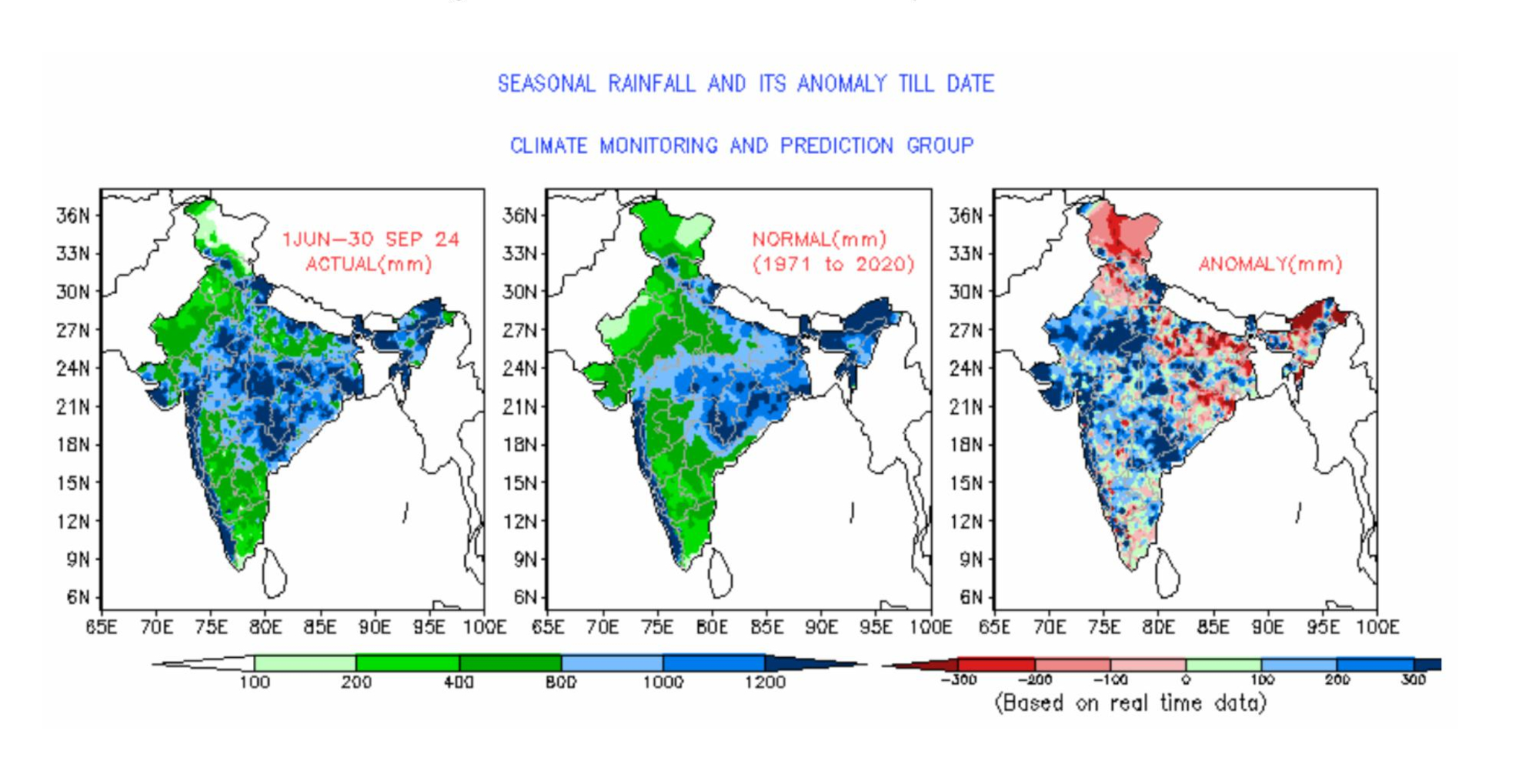
The Role of Climate Change in Monsoon Dynamics
Traditionally, monsoon dynamics have been understood through the lens of temperature differences between land and the upper ocean, which drive seasonal wind reversals. However, the persistent rise in global temperatures has altered these patterns significantly. Weather systems, which once traveled northward, are now increasingly tracking through Central India, resulting in prolonged monsoon systems and elevated soil moisture levels.
Dr. K.J. Ramesh, Former Director General of the IMD, emphasizes the connection between climate change and increasing rainfall intensity. “As conditions become favorable for rain, the likelihood of experiencing intense downpours has risen significantly compared to previous years,” he explains. This shift underscores the urgency of addressing climate change to mitigate its impacts on monsoon variability.
Aarti Khosla, Founder and Director of Climate Trends, notes that while monsoon performance varies yearly, the rise in extreme weather events remains a constant, driven by increasing average temperatures. She stresses the need for comprehensive adaptation strategies to protect lives, livelihoods, and ecosystems from climate-related impacts.
Uneven Spatial Distribution of Rainfall
The spatial distribution of rainfall across India remains uneven. Out of 729 districts, 340 recorded normal rainfall, while 158 experienced excess rainfall, and 48 faced large excesses. Conversely, 167 districts faced a deficit, with 11 experiencing significant shortages. Of the 17 weeks in the monsoon season, eight weeks recorded negative all-India weekly anomalies, with significant rainfall deficits observed in June and September.
Human-induced climate change has drastically impacted monsoon variability. Factors such as greenhouse gas emissions and local changes like urbanization have significantly influenced Indian Summer Monsoon Rainfall (ISMR). The historical decline in ISMR over the past 50 years is primarily attributed to reduced land-ocean thermal contrast. While the Indian Ocean has warmed significantly, the Indian landmass has cooled due to aerosol effects, leading to a decline in monsoon rainfall.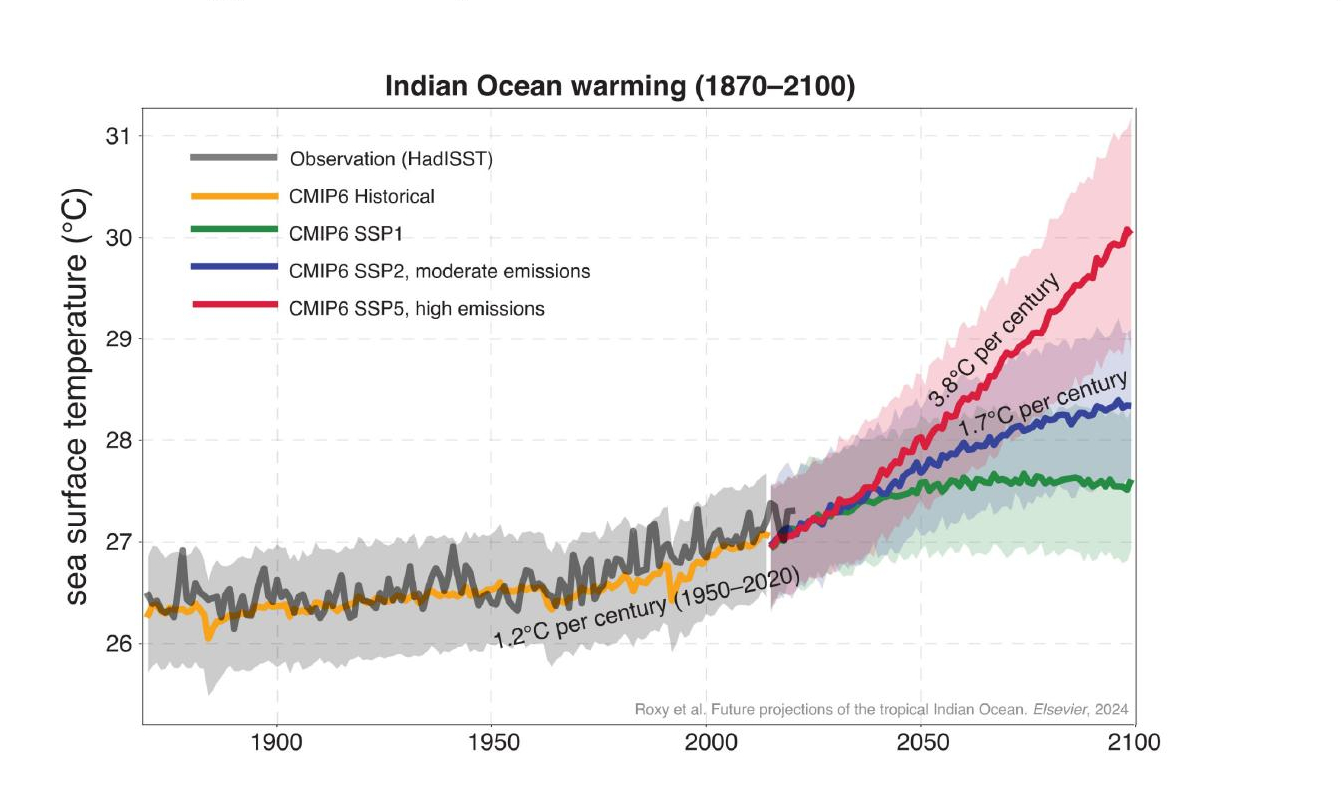
Local Factors Affecting Monsoon Variability
Rapid changes in urbanization, land use, and irrigation practices have caused noticeable shifts in regional rainfall patterns. Deforestation, in particular, has severely impacted monsoon rainfall by altering evapotranspiration processes and intensifying drought conditions. Studies indicate that deforestation in global monsoon regions could lead to an 18% decrease in precipitation in India.
Moreover, the extensive irrigation practices in northern India have been shown to influence the intraseasonal characteristics of the monsoon. The unmanaged irrigation facilities have contributed to increased late-season rainfall. Urbanization has also altered precipitation patterns, with the Urban Heat Island effect exacerbating heat stress and reducing evapotranspiration, leading to changes in rainfall dynamics.
Rising Nighttime Temperatures: A Growing Concern
Despite experiencing above-normal monsoon rains, India has recorded a consistent rise in nighttime temperatures. In 2024, Northwest India reported its second-highest minimum temperatures since 1901, with regions like West Rajasthan and Punjab experiencing record heatwave days. These persistently high nighttime temperatures can disrupt sleep, leading to adverse effects on health and well-being, particularly for vulnerable populations.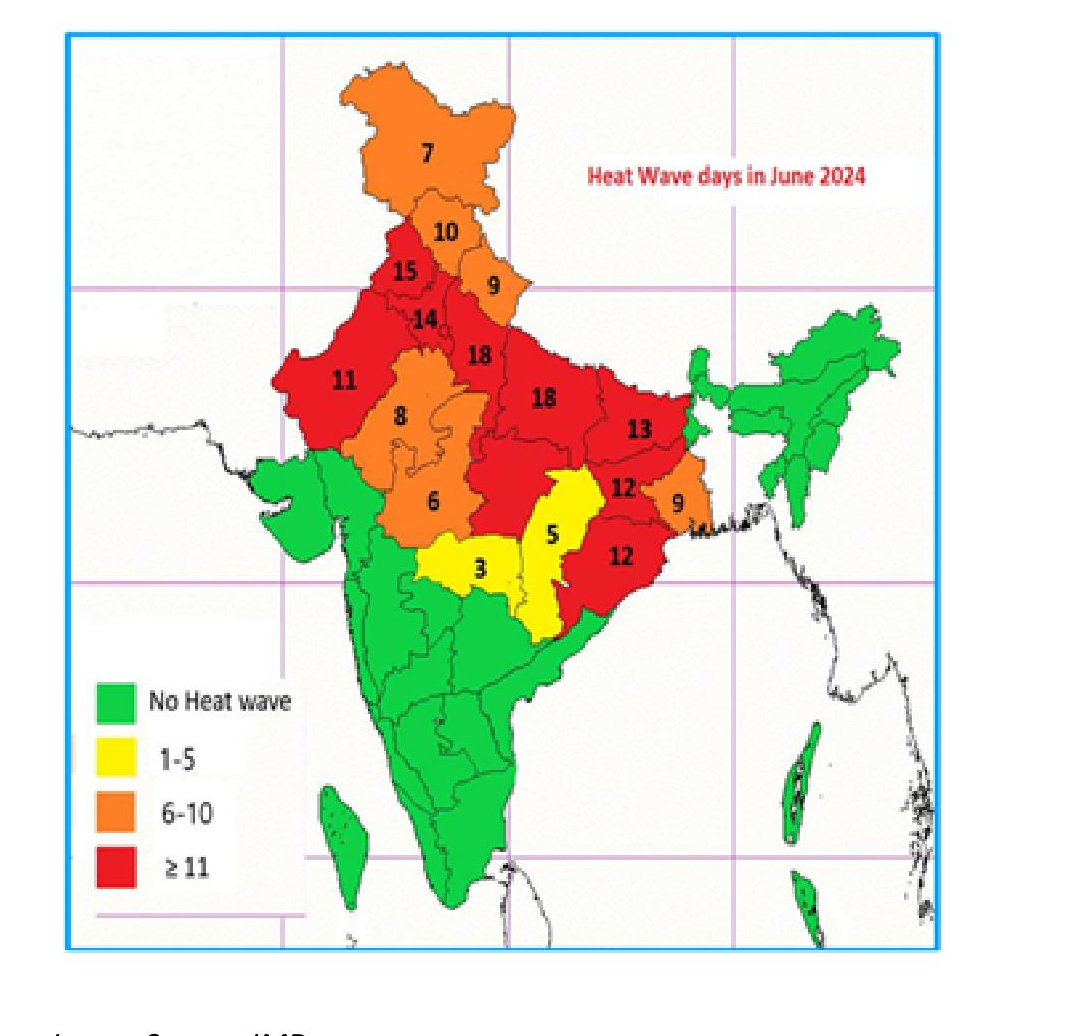
Dr. Akshay Deoras explains that the warming patterns, combined with weak monsoon conditions and increased humidity, have contributed to higher nighttime temperatures. The World Health Organization recommends maintaining room temperatures at 24°C during the night to promote better health, a standard increasingly difficult to maintain in the face of rising temperatures.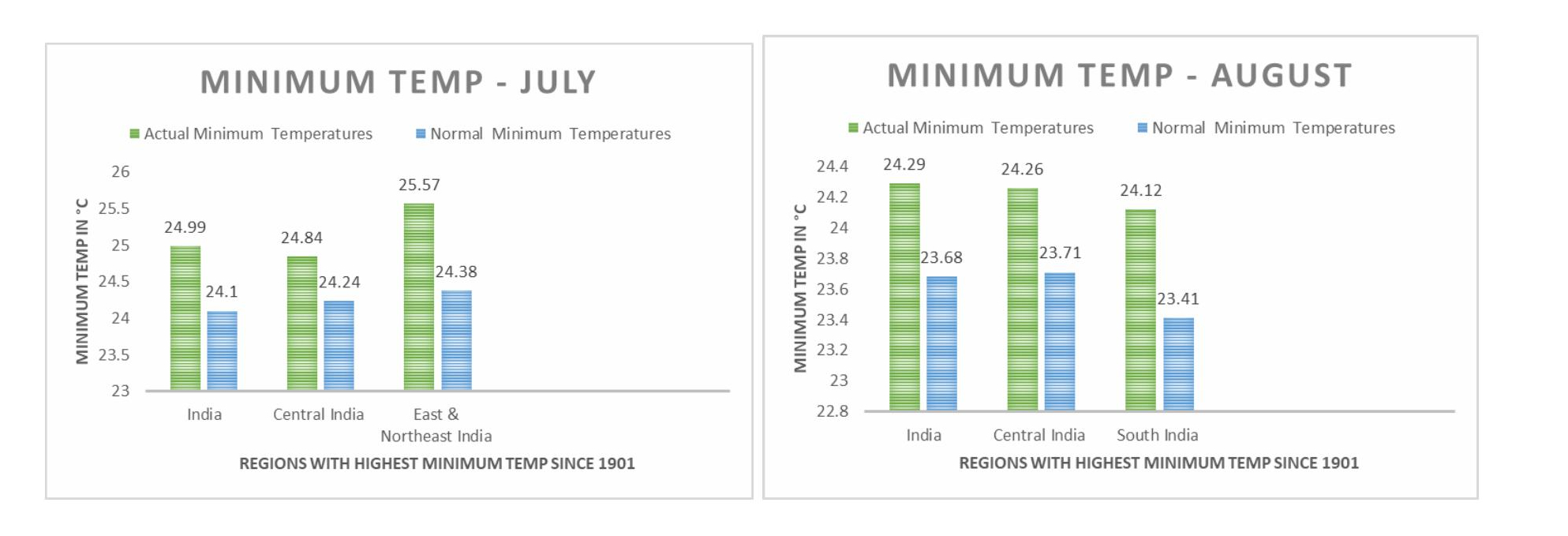
About Climate Trends
Climate Trends is a research-based consulting and capacity-building initiative focused on environmental issues, climate change, and sustainable development. The organization specializes in developing comprehensive analyses of complex issues to support effective decision-making in both the private and public sectors. As we confront the realities of climate change, organizations like Climate Trends play a vital role in informing policy and guiding adaptation strategies for a sustainable future.






